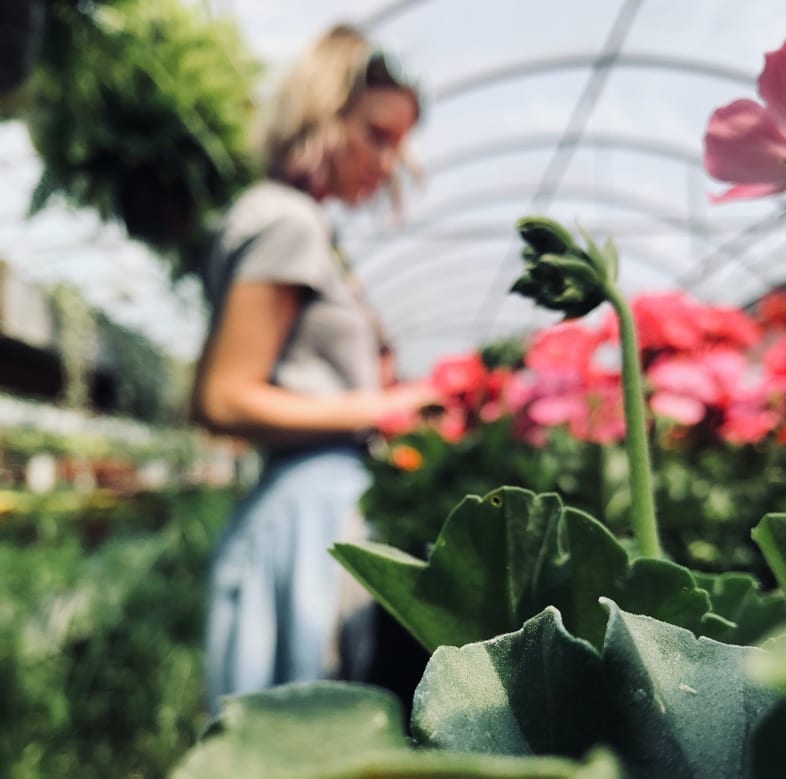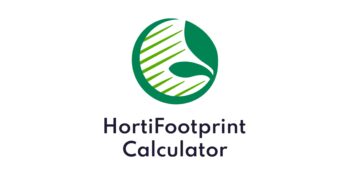In recent months, uncertainty has arisen about the acceptance of MPS-GAP and the GGN label by international trade. MPS-GAP has been benchmarked with GLOBALG.A.P. and meets the requirements of the Floriculture Sustainability Initiative (FSI). Talks have recently been held with GLOBALG.A.P. about the GGN label and MPS-GAP. The result: with MPS-GAP it remains possible to deliver to retail at home and abroad. Remco Jansen, Commercial Manager at MPS, explains how this works. Below you will find what the solution looks like in practice.

Remco Jansen, Commercial Manager MPS
Since when does MPS-GAP exist?
MPS-GAP has now been in existence for over twenty years. It was the first standard that was benchmarked with GLOBALG.A.P. Our relationship with GLOBALG.A.P. goes back a long time.
What does it mean if a standard, in this case MPS-GAP, is benchmarked?
When a standard is benchmarked against another standard, the benchmarked standard is at least equivalent to the original. In this case, MPS-GAP is therefore equivalent to GLOBALG.A.P. Flowers & Ornamentals. In addition to an MPS number, all these growers are also assigned a GGN number by GLOBALG.A.P. and an entry in the MPS and GLOBALG.A.P. database.
Why do growers choose MPS-GAP?
Customers often opt for MPS-GAP, because they already have MPS-ABC. It is of course clear to purchase your certificates from the same company. We are a company that originated from Dutch floriculture sector and that often feels trustful to growers. Moreover, with MPS-GAP you meet the requirements of both retail and FSI.
GLOBALG.A.P. also has a GGN label. How does that label work?
The GGN label is the consumer logo of GLOBALG.A.P. that can be used by MPS-GAP certified growers. The label must ensure transparency throughout the chain: the consumer can see where a product comes from. With the advent of the GGN label, GLOBALG.A.P. also changed the requirements and the payment. The fixed fee of 100 euros has been replaced by an area-dependent fee. In addition, the growers have to meet extra requirements. This year, everyone with MPS-GAP pays for the use of the GGN label, even if they do not use this label.
What is MPS’s position on this?
MPS does not agree with the fact that MPS-GAP certified companies that do not use the GGN label have to pay for this. We also disagree that companies that already have a social certificate also had to comply with GRASP. For this reason, we partnered with GLOBALG.A.P. and FSI and went looking for a solution.
What does this solution look like?
From 1 January 2021, producers who are MPS-GAP certified can choose whether or not to use the GGN label. Only growers who use the GGN label have to pay for this. Therefore, if the GGN label is not used, no payment is made.
If a grower chooses to use the GGN label, the contract for this will be arranged by GLOBALG.A.P. directly with the grower. The same applies to charging the fee for the GGN label (info@ggn.org). The growers concerned have already been notified by GLOBALG.A.P.
Practical examples




